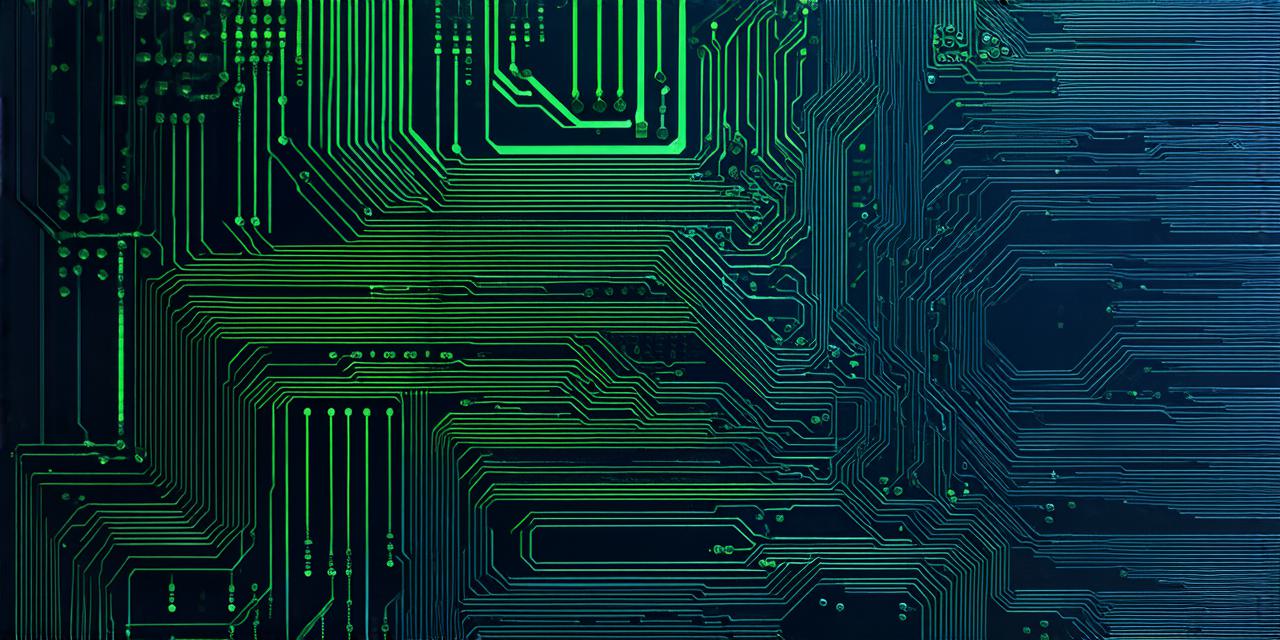Understanding the Lengthy Process of Game Development: A Comprehensive Guide for Gamers and Developers
The world of gaming is vast and diverse, filled with endless possibilities for creativity, entertainment, and innovation. Behind every game, however, lies a complex process that involves countless hours of planning, designing, coding, testing, and refining. In this article, we will delve into the lengthy process of game development and explore the various stages that go into creating a successful game.
1. Conceptualization

The first stage of game development is conceptualization, where the initial idea for the game is fleshed out and turned into a coherent plan. This stage involves brainstorming sessions, market research, and creating a game design document (GDD) that outlines the game’s mechanics, story, characters, levels, and other key elements. The goal of this stage is to define the game’s core concept and establish its purpose, target audience, and overall vision.
2. Pre-production
The pre-production phase of game development involves preparing all the necessary resources for the actual production process. This includes creating a prototype of the game, designing the art assets, writing the script, and defining the technical specifications. The goal of this stage is to ensure that everything is in place and ready for the next phase, which is production.

3. Production
The production phase of game development is where the actual game is created. This stage involves programming, creating art assets, recording voiceovers, and implementing all the features and mechanics outlined in the GDD. The goal of this stage is to turn the concept into a playable game that meets the requirements established during the pre-production phase.
4. Post-production
The post-production phase of game development involves polishing and refining the game after it has been completed. This includes fixing bugs, improving performance, adding additional content, and testing the game to ensure that it is stable and ready for release. The goal of this stage is to make sure that the final product meets the expectations of the target audience and is free from major issues or defects.
5. Marketing and Distribution
Once the game has been completed, it’s time to market and distribute it to the public. This stage involves creating a marketing campaign, setting up distribution channels, and promoting the game through various platforms such as social media, gaming websites, and app stores. The goal of this stage is to ensure that the game reaches its target audience and generates enough interest and buzz to justify its development costs.
6. Monetization
The final stage of game development is monetization, where the game is made available for purchase or subscription and the developers receive payment for their work. This stage involves setting up a pricing model, establishing a revenue sharing agreement with distributors, and tracking player engagement and revenue data to optimize the game’s performance.
Throughout these stages, it’s important to remember that game development is a collaborative process that involves input from various stakeholders such as developers, artists, writers, testers, and executives. Each of these roles plays a critical part in ensuring that the final product meets the needs of the target audience and is delivered on time and within budget.
One example of a game that went through a lengthy development process is “The Legend of Zelda: Breath of the Wild.” This game took over five years to develop, with input from hundreds of developers, artists, and other stakeholders. The game’s success can be attributed to its innovative gameplay mechanics, stunning visuals, and engaging storyline, which were all developed through a rigorous and collaborative process.
Another example is “Red Dead Redemption 2,” which took over six years to develop and involved input from thousands of developers and artists. The game’s success can be attributed to its immersive open-world environment, detailed character models, and compelling storyline, which were all developed through a meticulous and iterative process.
In conclusion, the lengthy process of game development is a complex and challenging journey that requires input from various stakeholders and involves multiple stages of conceptualization, pre-production, production, post-production, marketing and distribution, and monetization. By understanding this process and the various factors that go into creating a successful game, developers and gamers alike can appreciate the dedication and creativity required to bring their vision to life.



